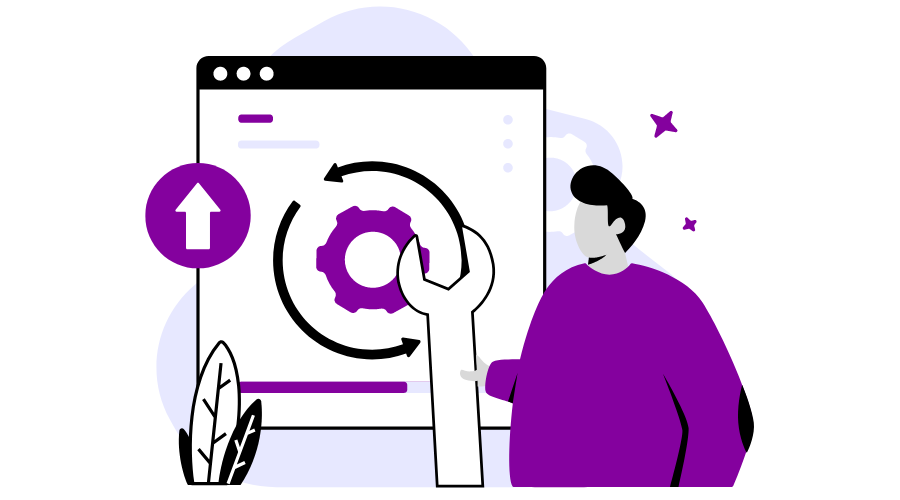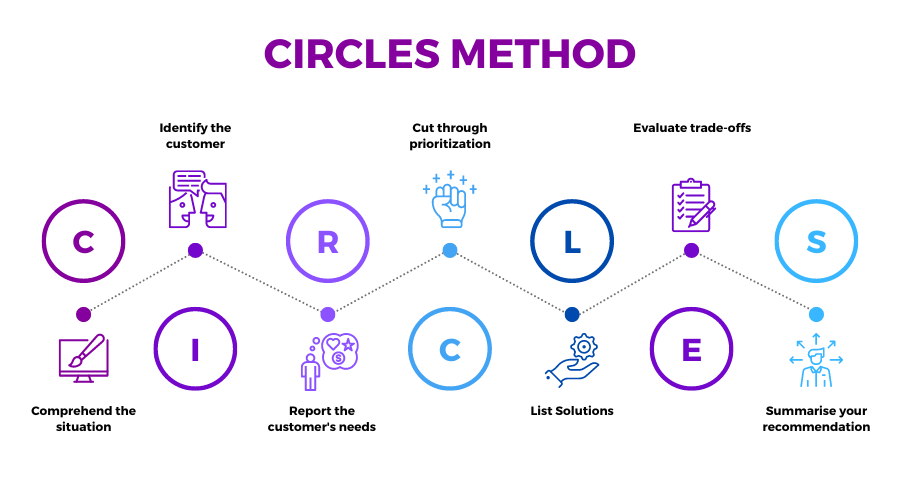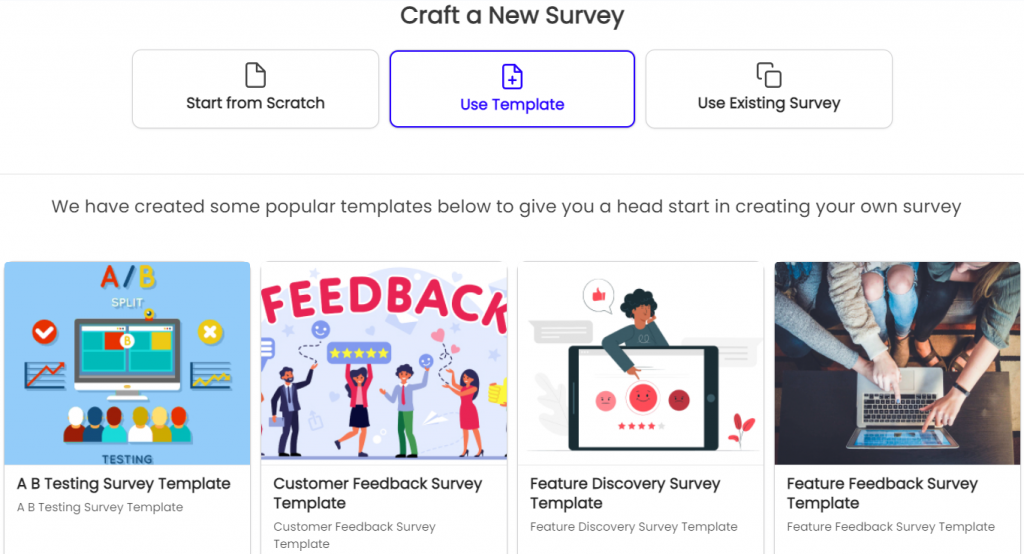CIRCLES Method: Ace Product Management Interviews Easily

In product management interviews, you will often be asked to solve design problems. It can be tough to come up with a great solution on the spot.
That’s where the CIRCLES Method comes in. This method will help you approach design questions step-by-step, so you never forget what to do.
We’ll go over each step of the CIRCLES Method in this post and show you how it can help you ace your following product management interview!
Let’s begin from scratch and build our way up!
CIRCLES Method:
The CIRCLES Method is a framework that helps you approach design questions step-by-step.
It was first introduced by Google Ventures’ Design Partner Jake Knapp in his book “Sprint“.
The CIRCLES Method is an acronym that stands for:
- Comprehend the situation
- Identify the customer
- Report customer’s needs
- Cut, through prioritization
- List solutions
- Evaluate tradeoffs
- Summarize your recommendation either manually or using an AI summarizer
The CIRCLES Method is a great tool for product managers because it helps you think through the design process in a structured way.
It’s also helpful to use this method when you’re discussing design problems with your team.

By going through each step of the CIRCLES Method, you can make sure that everyone is on the same page and understands the problem that needs to be solved.
So you know what the CIRCLES method stands for. Let’s understand some important CIRCLES method concepts.
CIRCLES method concepts
The CIRCLES method has key concepts that lie at its core. As a product manager, these concepts help you gauge every design problem by preventing you from going off-track. Here they are.
There are three main concepts in the CIRCLES Method:
- The situation.
- The customer.
- Prioritization.
Let’s take a closer look at each one.
The situation
This is the first CIRCLE method concept you should look at.
In order to solve a design problem, you first need to understand the situation. What is the problem that needs to be solved?
You can’t jump to solving the problem without first understanding what it is.
This step is important because it helps you focus on the right thing, and prevents you from getting sidetracked.
The customer
Now, here’s our second CIRCLES method concept.
After you understand the situation, you need to identify the customer. Who are you designing this solution for?
The customer is the person who will be using your product.
Understanding your customer is key to designing for them. You need to know their demographics, what they care about, and what frustrates them.
How you understand your customer or target audience measures your ability to empathize with them. This is one of the crucial skills of a product manager.
Are you struggling to understand the needs of your customers and create amazing products as a result? Let Chisel take the stress off your shoulders by providing the necessary insights to satisfy your customers’ desires!

Once you have a good understanding of your customer, you can start designing for them!
Prioritization
And finally, the third CIRCLES method concept.
It’s important to remember that not all problems are created equal. Not every problem needs to be solved right away.
You need to prioritize the problems that you’re going to solve. To do this, you can use a tool like the CIRCLES Method.
What is the most immediate need that needs to be addressed? Which output should you prioritize in your solution? When you narrow this down- you’re way ahead of your competitors.
Once you’ve known this, you can now dive deeper. The CIRCLES method is a great way to clarify your thoughts and find the best solution to a problem.
CIRCLES Framework
The CIRCLES Framework was created by Alexey Grinberg. It is a more detailed version of the CIRCLES Method.
The CIRCLES Framework breaks down each step of the CIRCLES Method into individual tasks, so you can better understand what needs to be done.
The CIRCLES Framework is also a great tool for preparing for product management interviews. PMs can also use it when they’re stuck on a design problem, or when you need more detail in your approach.
It starts with understanding the problem, then brainstorming possible solutions, and finally selecting the best solution.
Steps to the CIRCLES method:
Like we’ve already learned, the CIRCLES method is an acronym for a 7-step approach towards solving design problems.
Let’s now break down each step and understand how to use it. When faced with a design question during an interview, take a few minutes to brainstorm using the steps to the CIRCLES method.
1: Comprehend the situation
When confronted with a product design issue, the CIRCLES method recommends gathering as much information as possible. It also means that you can better comprehend the circumstances to respond more effectively.
The CIRCLES method suggests asking the “5 W’s and H” questions, which are:
- Who?
- What?
- Why?
- How?
- When? / Where?
They’re worthwhile since they help you determine the problem at hand. You cannot solve a problem you know nothing about, right?
The goal, context, and constraints are all factors to consider in this stage. If an employer doesn’t respond to some of your inquiries, you may make a reasonable assumption.
2: Identify the customer
Once you have all of the information, move on to step two.
Who is this solution for?
This will help you focus on the user’s needs when coming up with a solution. It also allows you to better empathize with them, which is essential in product design.
Remember, the customer should always be your top priority!
During an interview, you should be prepared to suggest a remarkable solution. To achieve that, you must first know who the consumers are.
Create several personas of users for whom you may provide a solution. To know what is most important to the customer, you must put yourself in their shoes.
Aside from determining the consumer, you must also comprehend their personality and needs. What are their demographics and odd habits?
Being empathetic can take you a long way!
3: Report customer’s needs
After comprehending the customer and their needs, it’s time to report them!
This is where you take all of that information and put it into a easy format for others to understand. You want to make sure that everyone knows what the customer wants so they can help with the design process.
This is sometimes called a user requirement or a use case.
User reports are created from the user’s perspective and reflect what they want to accomplish. In many situations, it is in the form of user stories that describe what the user would like to be able to do in basic terms.
User stories are often written in the following way: “As a <type of user>, I want to achieve the goal of <some benefit> so that it is possible for me to do x.”
In an interview, this is your chance to shine. Show that you have what it takes to be a great product manager by accurately reporting the customer’s needs.
4: Cut, through prioritization and selection
The CIRCLES method recommends cutting through the noise and identifying what’s important. This is done by prioritizing the user’s needs.
You want to make sure that you’re spending your time on the things that will impact you most. This is often referred to as “the Pareto principle” or “the 80/20 rule.”
This step is about being efficient and ensuring that you’re not wasting your time on things that don’t matter.
In an interview, you can demonstrate your ability to prioritize by sharing a time when you had to make a tough call. What was the situation and how did you go about making your decision?
There may be several use cases, but you should prioritize just one.
5: List Solutions
Once you know what the customer wants, it’s time to brainstorm solutions.
This is where your creativity comes in handy!
Come up with as many ideas as possible and then narrow them down to the best ones. You can do this by voting or ranking them.
They will want to see how you think on your feet in an interview. This is a great opportunity to show them that you can come up with amazing solutions.
When it comes to product design, there are no right or wrong answers. It’s all about finding the best solution for the customer.
6: Evaluate Tradeoffs
After coming up with a few solutions, it’s time to evaluate the trade-offs.
What are the pros and cons of each solution? What are the risks and rewards?
You want to make sure that you’re aware of all of the potential outcomes before deciding. This is where your critical thinking skills will come in handy.
In an interview, they will want to see that you’re able to think about the long-term consequences of your decisions.
After evaluating the trade-offs, you can choose the best solution.
7: Summarize your recommendation
After you’ve gone through all of the steps, it’s time to summarize your recommendation.
This is where you put all of the information together and present it clearly and concisely.
You want to make sure that everyone understands what you’re recommending.
And voila! You might have just given a well-thought-of answer that bagged you a seat at the table!
Well, the CIRCLES method sounds so helpful in a stressful situation, doesn’t it?
Let’s consider some product management examples where you can implement the CIRCLES method.
CIRCLES method product management examples:
As a product manager, you’re probably familiar with the CIRCLES method. But how can you use it in a real-life situation? Let’s take a look at some examples:
- You’re working on a new feature for your product and you need to come up with a solution to a problem. Use the CIRCLES method to brainstorm ideas and find the best solution.
- You’re being interviewed for a product manager position and you’re asked a design question. Use the CIRCLES method to structure your answer and impress the interviewer.
- You’re managing a team of designers and you need to come up with a way to prioritize their work. Use the CIRCLES method to identify the most important tasks and make sure that they’re completed on time.
Take a look at this sample question:
“How would you design a search feature for a mobile app?”
- C: Categorize the types of searches that users would want to perform.
- I: Identify the user’s needs and what they’re trying to accomplish.
- R: Research similar features and see how they’ve been designed.
- C: Create a list of possible solutions.
- L: Look at the trade-offs of each solution and choose the best one.
- E: Evaluate the consequences of each solution.
- S: Summarize your recommendation.
The CIRCLES method is a great way to structure your answer to design questions in interviews.
CIRCLES method importance:
As you can see, the CIRCLES method is a great way to structure your thoughts and find the best solution to a problem.
But why is it so important?
The CIRCLES method is essential because it helps you focus on the most critical aspects of a problem and find a creative and achievable solution.
It also helps you communicate your ideas effectively to other team members, which is essential for product success.

You can use the CIRCLES method in two ways – when you’re faced with a design question during an interview or trying to solve a problem on your own!
So, who can benefit from the CIRCLES method?
The CIRCLES method can benefit anyone who wants to be a successful product manager or designer.
It is especially useful for people who are new to the field and want to learn how to think like a product manager.
But even experienced PMs can benefit from using the CIRCLES method – it can help you come up with new ideas and solve problems more efficiently.
Any everyday life problem too can be solved using the CIRCLES method.
Conclusion
The CIRCLES method is a great tool that can help you ace product management interviews and solve problems more efficiently.
If you want to learn how to think like a product manager or come up with new ideas, the CIRCLES method is for you!
It can also benefit experienced PMs and help them communicate better with their team. Start using the CIRCLES method today and see the difference it makes in your life!
